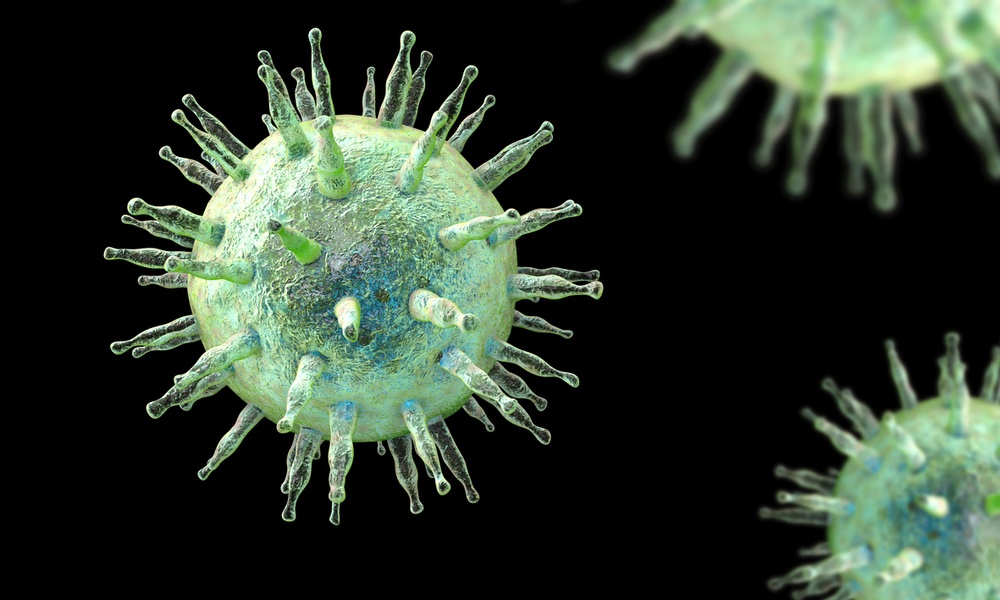An ingredient in breast milk appears to help prevent the most common — and serious — gastrointestinal emergency in newborns. When a baby develops changes in feeding patterns, distension of the abdomen, or bloody stools, necrotizing enterocolitis or NEC is the likely diagnosis. Although it is most common in premature infants, it can happen in full-term babies as well.
NEC usually occurs within the first few weeks of life. Other more general signs of the illness include abnormalities in breathing, heart rate, body temperature, and level of alertness. When an infant develops NEC, portions of the bowel wall die. This leads to a variety of complications which may require surgery to remove diseased portions of the intestine.
NEC is typically diagnosed by taking x-rays and ultrasounds of the infant’s abdomen. It is treated by temporarily stopping oral feeding, giving intravenous antibiotics, providing nutrition and fluid intravenously and monitoring closely for signs that large portions of the intestine are dying, or if a hole develops in an intestinal wall, or the bowel has become obstructed, in which case surgical intervention is needed.
If large portions of the bowel require removal, the infant may have chronic digestive problems throughout life. The exact cause of NEC is not known, although infection, decreased immune function and changes in blood flow to the bowel have been suspected.Although it is most common in premature infants, it can happen in full-term babies as well.
Infants who are fed breast milk exclusively have a significantly decreased risk of NEC compared to infants who are formula fed. A study just published in The Proceedings of the National Academy of Sciences (PNAS) suggests not only why this is, but what it is about preemies' digestive tracts that brings on NEC.
Based on previous studies, the researchers focused on whether changes in blood flow to the small intestine were behind the injury and death of portions of the bowel wall. Using mice, they identified a compound, toll-like receptor 4 (TLR4), which is present in higher amounts in the blood vessel lining in preemies than in full-term babies.
They noted that the TLR4 compound acts on specialized cells in the bowel wall that synthesize nitric oxide and reduce its production. The availability of nitric oxide is a critical step in stimulate blood flow in the premature intestinal system.
Nitric oxide is also generated from dietary sources when intestinal bacteria act on dietary sodium nitrite. When breast milk nitrite is converted to nitric oxide, it may promote the biochemical reactions that ultimately improve the microcirculation to the intestine. Investigators believe that this is why breast milk can help protect against the development of NEC.
Supplementing formula with nitric oxide helped protect against NEC.
Breast milk is a much richer source of dietary nitric oxide than formula, but is often not available to premature infants for a variety of reasons. The researchers took their hypothesis one step farther and supplemented formula with sodium nitrate, to mimic the protective compound found in breast milk.
They found that adding nitric oxide to the formula helped protect against NEC, lending support to the idea that changes in blood flow are responsible for the development of NEC, and that compounds found in breast milk that improve blood flow decrease the risk an infant will develop the problem.
“This condition is frightening for parents and frustrating for doctors because currently there is little we can do to treat it, ” said senior author David Hackam, M.D., Ph.D., a pediatric surgeon and co-director of the Fetal Diagnosis and Treatment Center at Children's Hospital at the University of Pittsburgh School of Medicine in a statement. “I look forward to one day putting myself out of business and having a therapy that truly saves these children. ”




